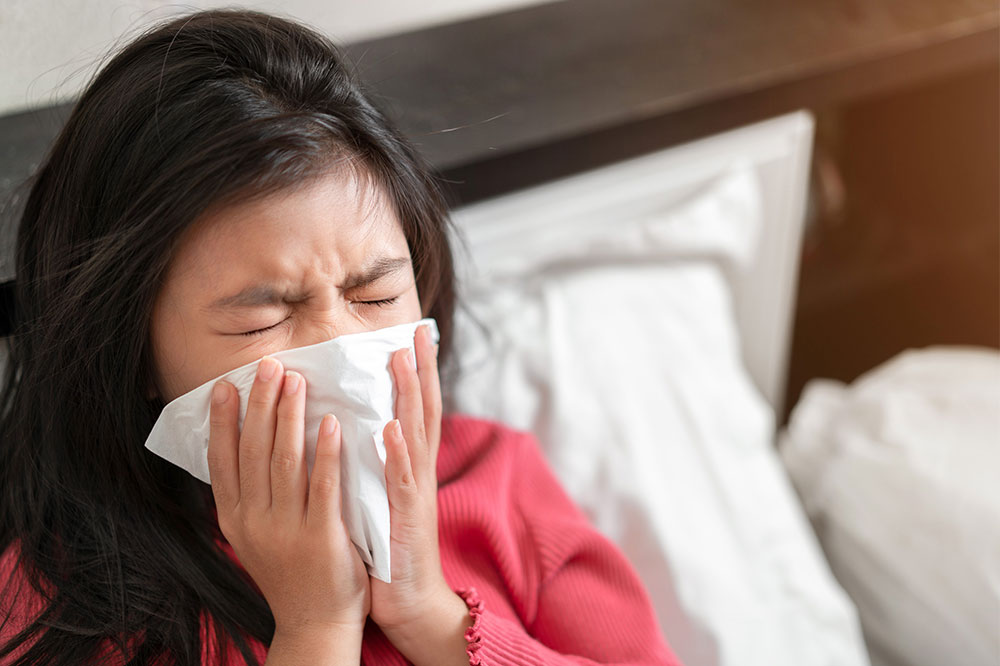Effective Ways to Combat Cold and Flu Symptoms
Learn effective strategies to manage and prevent cold and flu symptoms. This guide highlights differences between the illnesses, treatment options, and preventive measures such as hygiene and vaccination. Proper care can help reduce severity and duration, emphasizing the importance of consulting healthcare providers for persistent symptoms.

Effective Ways to Combat Cold and Flu Symptoms
Since ancient times, the common cold has been a prevalent illness, easily transmitted by viruses. Despite efforts to eliminate or reduce its impact, it remains a widespread health concern. Many people rely on over-the-counter remedies for relief, often overlooking the importance of proper diagnosis. Similarly, flu symptoms are often mistaken for a cold, but they require different treatment approaches. Medical professionals emphasize that, although their symptoms overlap, colds and flu need distinct management to prevent complications.
Symptoms vary between cold and flu. A cold might begin with a headache, sneezing, a runny nose, or watery eyes, often resolving within a week. In contrast, the flu can cause high fever, chills, headaches, and symptoms that last longer. While colds often result from allergies or rhinoviruses, influenza is caused by the influenza virus, which spreads rapidly. Duration can range up to three weeks for the flu, while colds typically last 3–7 days.
Many remedies are available, including decongestants and nasal sprays—though consulting a healthcare provider is recommended before use. Persistent symptoms should prompt medical attention to prevent complications like pneumonia. Vaccination can help prevent influenza, and maintaining good hygiene, keeping environments clean, and avoiding crowded places during outbreaks are key preventive measures. Allergy testing can identify triggers, enabling better control of allergic reactions.










